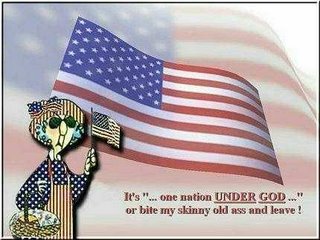Navy Monument Sought at Normandy
Charlotte Observer | June 06, 2006
They were among the first to hit the beach as dawn broke 62 years ago today, both teenagers on D-Day -- the greatest amphibious invasion ever mounted, to liberate Europe from the Nazis.
Before the start at 6:30 a.m., Navy pharmacist mate Bill Lowrance of Mooresville was attached to a beach battalion, sent ashore at Omaha Beach in Normandy, France, to clear mines and other obstacles and open boat lanes.
Minutes later, Navy helmsman Joe McClellan of Charlotte made the first of three landings that day on one of 4,000 stubby, front-ramped landing craft, each time pushing five Sherman tanks and 10 tank operators onto the beach.
Without the Navy, they say, there would have been no D-Day.
"You had to have a way to get the troops to the beach," McClellan said. "We did it."
Yet more than six decades later, the Navy is the lone American military service without a monument at Normandy -- a surprise to Lowrance, 80, and McClellan, 81. The Naval Order of the United States aims to raise $500,000 to correct that oversight.
"The Navy's focus was always on the Pacific; the European theater was an Army affair. That, I think, is why there's no monument at Normandy," said Greg Streeter, chairman of the order's Navy Normandy Monument Committee.
The naval order has unveiled the model of a bronzed 12-foot-tall memorial by Alabama sculptor Stephen Spears. France has donated land at Utah Beach, one of the five beachheads, and committed to maintaining it.
The invasion was a rare hinge in history -- its outcome could have gone either way and the war with it.
Nothing was complex about the strategy. There was a 50-mile stretch of beach, with the Germans dug into dauntingly sheer cliffs overhead. The Allied troops had to make it up and over to get into France -- and eventually to Berlin.
By 6:30 a.m. the English Channel was black with 6,939 Allied vessels, led by six battleships, 22 cruisers, 93 destroyers and a variety of landing craft.
"About the time we touched the beach, all hell busted loose," McClellan said.
The fighting was fiercest at Omaha Beach, where Lowrance and McClellan spent the day getting men and equipment ashore. By nightfall, the Allies, landing about 156,000 troops by sea and air, had breached Hitler's Atlantic Wall at a great cost.
Of the estimated 10,000 Allied casualties, 2,500 died. Bodies lay everywhere.
As always on June 6, Lowrance and McClellan will reflect today on their part in the invasion. These days it takes longer to purge the bad memories.
Lowrance recalls the notes dying soldiers had written in sand. One read: "Tell my family how I died."
"When you're young and busy, you can move on easier," Lowrance said. "But now at 80, your mind just sticks on that day. You wonder why you're still living, after so many died."
To learn more about the Navy Normandy Monument project or make a tax-deductible donation, go to www.navalorder.org, or call (866) 794-3329.
Or make out checks to Naval Order Foundation with "Normandy" on the memo line and mail to Naval Order Foundation, P.O. Box 583, Glenview, Ill., 60025-0583.


























